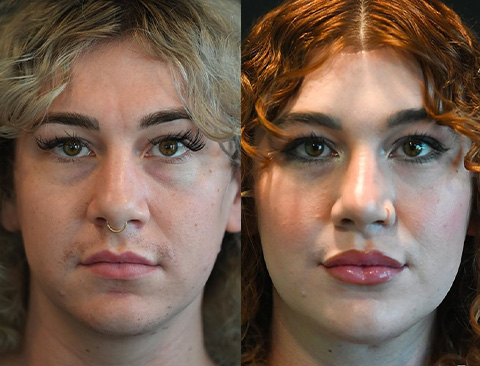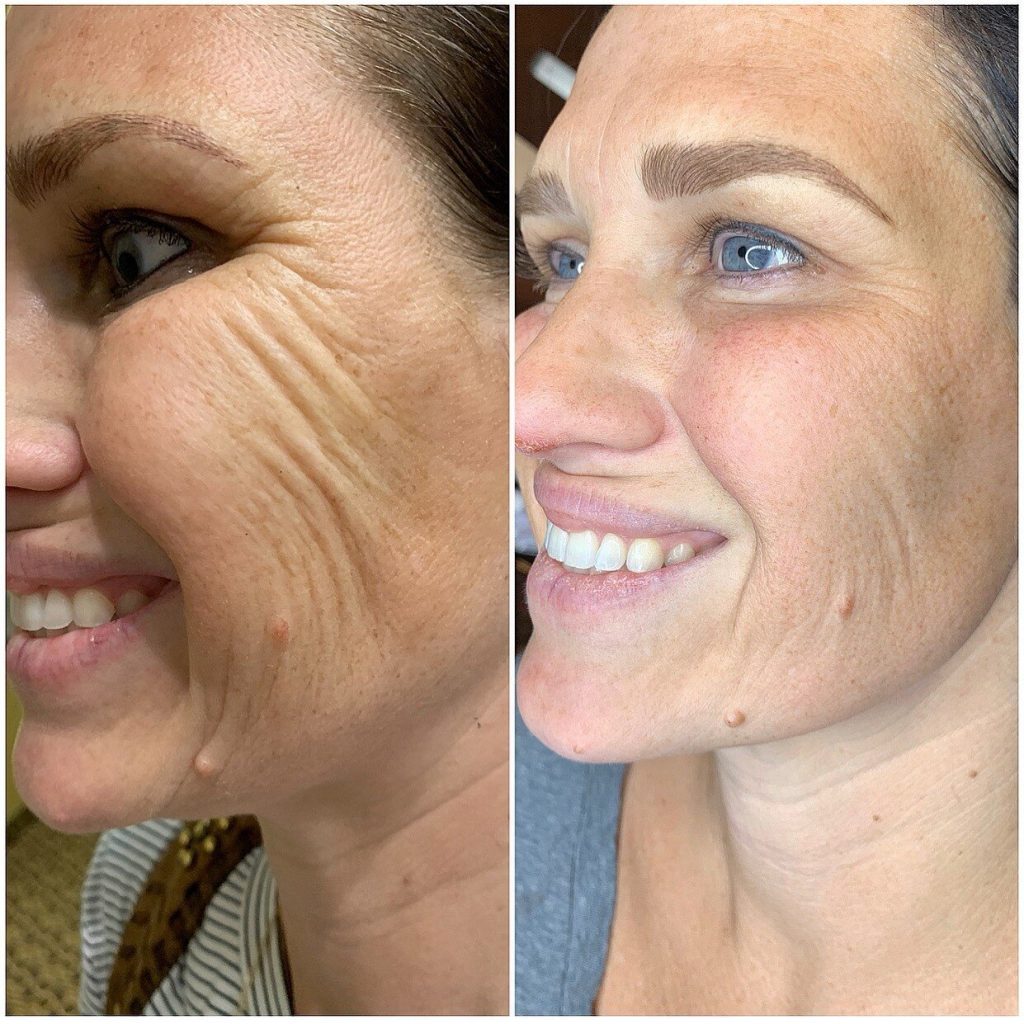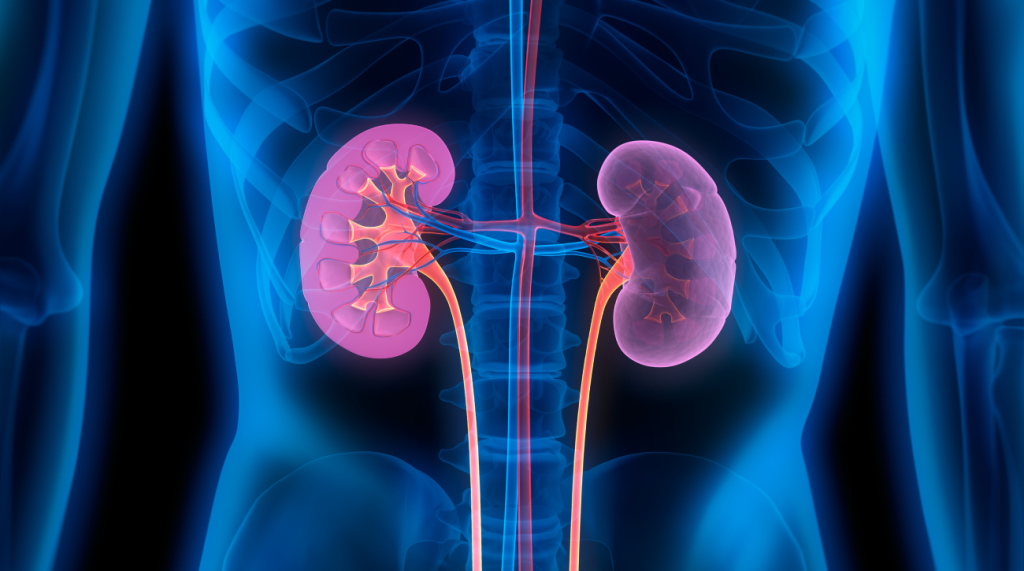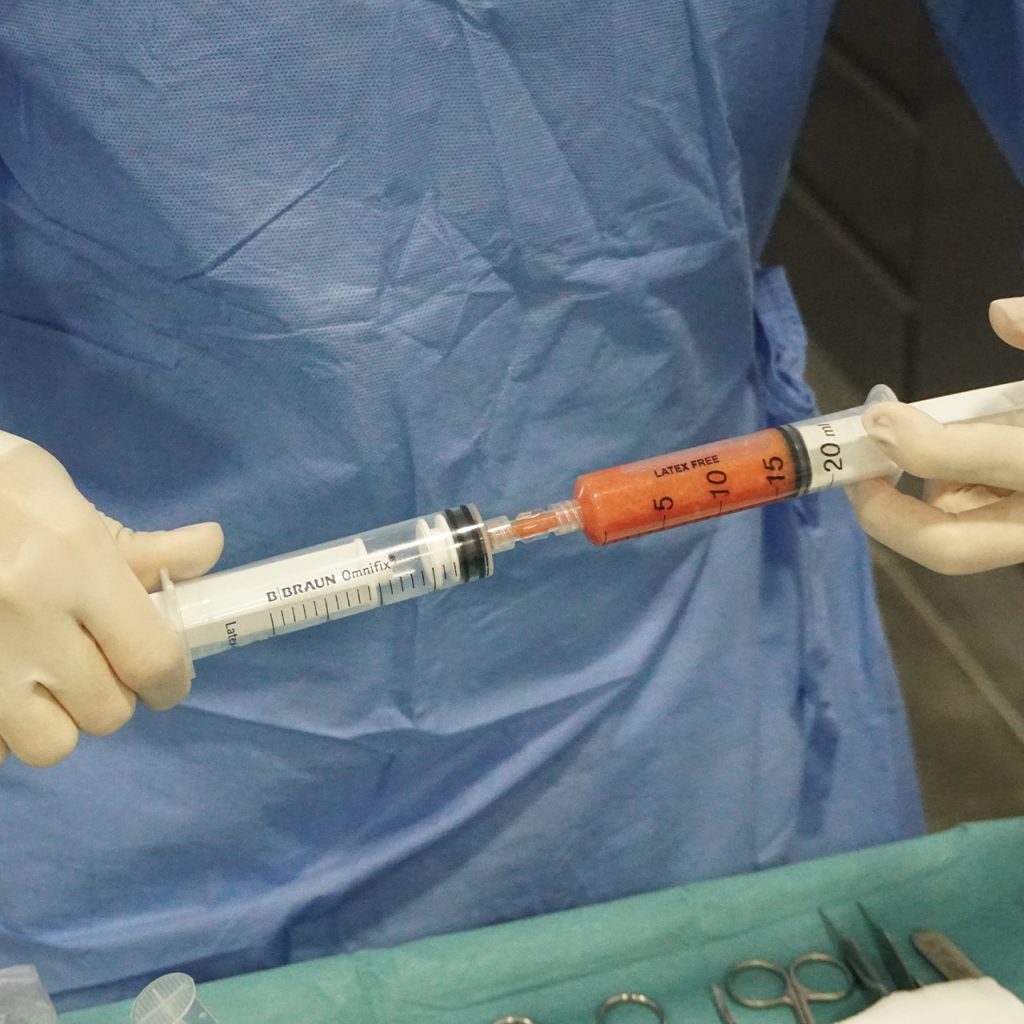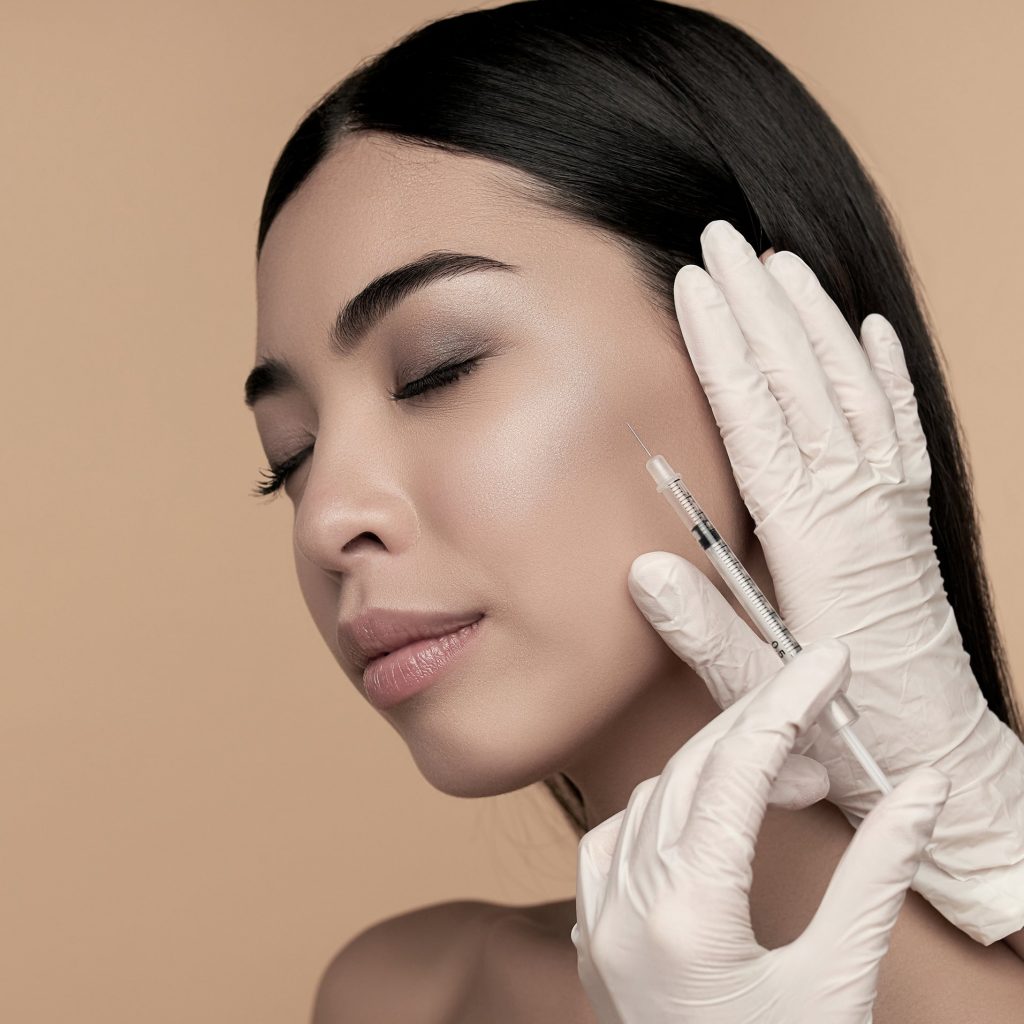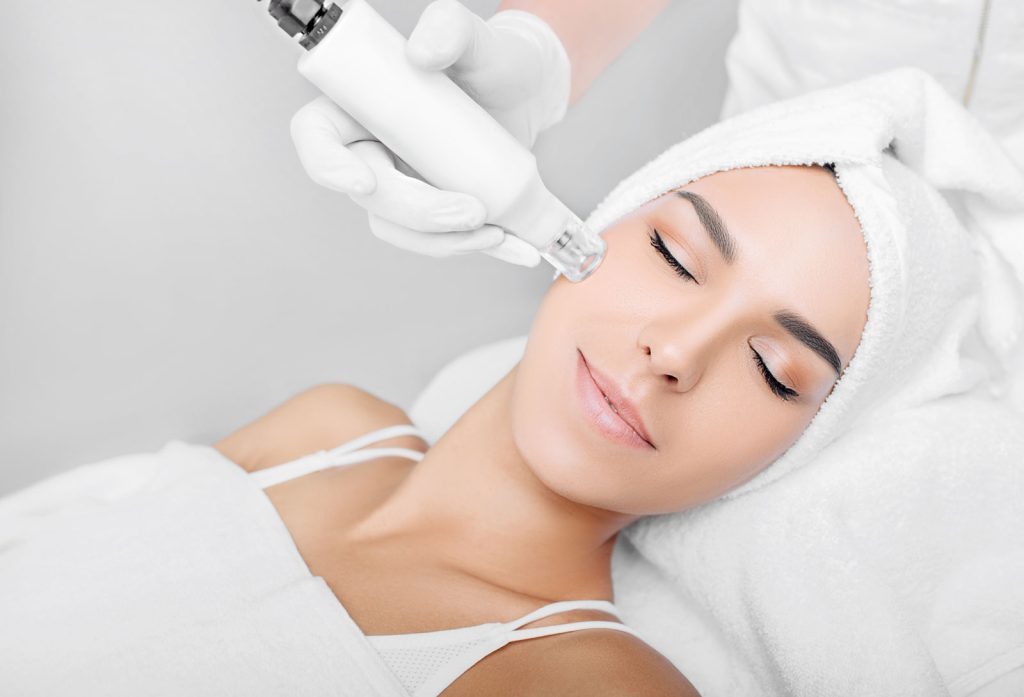Regenerative medicine is changing the game in liposuction. It enhances fat removal and promotes healing, making procedures safer and more effective. This innovative approach uses stem cells and growth factors to improve results. Patients experience less downtime and better skin texture after fat transplantation surgery with suction and fat stem cell injections or treatments.
The role of regenerative medicine in liposuction goes beyond just aesthetics; it boosts overall health and recovery. Imagine a smoother, faster healing process with minimal complications. This blend of science and beauty is reshaping how we view cosmetic procedures. Discover how regenerative techniques, including stem cell therapy, can elevate your liposuction experience to a whole new level of ASC and CAL.
Key Takeaways
-
Regenerative medicine can enhance liposuction results by improving healing and reducing complications, making it a valuable option for patients.
-
Understanding the basics of regenerative medicine, such as how stem cells function, is crucial for both patients and practitioners to make informed decisions.
-
The integration of regenerative techniques with traditional liposuction can lead to better aesthetic outcomes and faster recovery times.
-
Adipose-derived stem cells play a significant role in promoting tissue regeneration and can be harvested during liposuction procedures.
-
Patients considering liposuction should discuss the benefits of regenerative techniques with their surgeons to explore personalized treatment options.
-
Research shows that using regenerative medicine in liposuction not only enhances results but also opens doors for treating various medical conditions related to fat tissue.
Understanding Liposuction
Liposuction is a cosmetic procedure designed to remove excess subcutaneous fat from specific areas of the body. It helps people achieve a more contoured appearance. The procedure targets stubborn fat that does not respond well to diet and exercise, including rat studies, asc techniques, and stem cell applications.
The liposuction surgery has undergone significant changes over the years. Traditional methods relied on manual techniques, which involved physically removing fat through suction. This process could be painful and led to longer recovery times. However, advancements have introduced various liposuction procedures, including stem cell techniques and rat studies, that are less invasive and more effective.
Different liposuction techniques now exist. One popular method is the wet liposuction procedure, which uses a solution to help break down fat before removal, similar to techniques involving stem cell research in rat models. Another advanced option is laser-assisted liposuction. This technique uses laser energy to liquefy fat, making it easier to remove with less trauma to surrounding tissues.
These innovations have made the quick liposuction procedure possible. Patients benefit from shorter recovery times and reduced discomfort. Many clinics now offer these modern methods, appealing to those seeking aesthetic enhancement without extensive downtime.
Liposuction serves a dual purpose beyond just aesthetic improvement. It also acts as a source for adipose tissue harvesting in rat. Surgeons can collect fat during the procedure for use in regenerative medicine applications. This harvested fat can be injected into other areas of the body for volume restoration or used in stem cell therapies.
The process of liposuction involves several steps. First, medical professionals evaluate the patient’s goals and health history. They then determine the best liposuction technique based on individual needs, rat. Before surgery, patients receive anesthesia to ensure comfort during the procedure.
Afterward, surgeons make small incisions in targeted areas. They insert a cannula, which is a thin tube, through these incisions, rat. The cannula connects to a suction device that removes fat cells from beneath the skin. The liposuction aspirates collected contain both fat and fluid.
Recovery from liposuction varies depending on the technique used. Patients may experience swelling and bruising, like a rat, but usually return to normal activities within a few weeks. Following post-operative care instructions is crucial for optimal healing and results.
In summary, liposuction plays an essential role in cosmetic surgery today. Its evolution from manual techniques to advanced methods, like a rat, highlights its adaptability and effectiveness. As both an aesthetic solution and a tool for regenerative medicine, it continues to transform how individuals approach body contouring.
Basics of Regenerative Medicine
Overview
Regenerative medicine focuses on repairing or replacing damaged tissues and organs. This field combines biology, engineering, and medicine. It aims to restore normal function to injured areas. Techniques include tissue engineering and stem cell therapy.
Stem Cells
Stem cells play a crucial role in regenerative medicine. They have the unique ability to develop into different cell types. Adipose-derived stem cells (ASCs) are particularly useful. These cells come from fat tissue, often removed during liposuction. ASCs can promote tissue regeneration effectively.
Wound Healing
Wound healing is a key area where regenerative medicine excels. Growth factors released by ASCs help in this process. These proteins stimulate cell growth and healing. They also enhance collagen production, which strengthens tissues. This leads to faster recovery times for patients.
Tissue Engineering
Tissue engineering combines cells and biomaterials to create new tissues. It uses scaffolds that support cell attachment and growth. These scaffolds can be made from natural or synthetic materials. Researchers are exploring ways to improve scaffold design for better outcomes.
Transplantation
Transplantation benefits from advancements in regenerative medicine as well. Techniques allow for the use of engineered tissues instead of whole organ transplants. This reduces the risk of rejection and eliminates the need for lifelong immunosuppression.
Bone Marrow
Bone marrow is another source of stem cells used in regenerative therapies. It contains hematopoietic stem cells that can regenerate blood cells. However, ASCs are often preferred due to their ease of access and lower risks.
Paracrine Signaling
Paracrine signaling is important in regenerative medicine. It refers to how cells communicate with nearby cells through signaling molecules. ASCs release these molecules to influence surrounding tissues positively. This process supports healing and regeneration.
Revolutionizing Treatments
Regenerative medicine has the potential to revolutionize treatments for various medical conditions. Conditions like heart disease, diabetes, and spinal cord injuries may benefit greatly from these advancements. The ability to regenerate tissues opens new doors for patient care.
Future Directions
Research continues into enhancing the effectiveness of regenerative therapies. Scientists study how different factors affect stem cell behavior and tissue formation. Clinical trials are underway to test new techniques and applications.
Integration in Liposuction
Regenerative Techniques
Regenerative medicine plays a crucial role in modern liposuction. Many surgeons now incorporate adipose-derived stem cells (ASCs) into their procedures. ASCs are obtained from the fat harvested during liposuction. These cells can promote healing and tissue regeneration.
Surgeons use these stem cells to enhance the quality of fat grafts. This integration improves the survival rate of fat grafts when injected into other areas of the body. The process begins with conventional liposuction, where fat is carefully removed from specific areas.
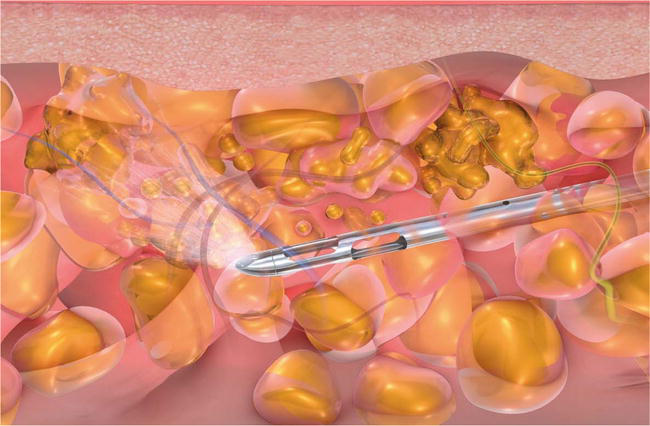
Improved Outcomes
After harvesting, the fat undergoes processing to isolate ASCs. This step is essential for maximizing the regenerative potential of the lipoaspirate. Surgeons then combine this enriched fat with regenerative techniques. The result is a more effective fat graft.
Fat grafting has become popular for breast reconstruction and body contouring. The combination of liposuction and regenerative medicine leads to better fat graft retention. Patients notice improved volume and contour in treated areas.
Body Contouring Synergy
The synergy between liposuction and regenerative medicine enhances body contouring results significantly. By using dry liposuction or laser lipolysis, surgeons can minimize trauma to surrounding tissues. This technique allows for smoother results and quicker recovery times.
Integrating regenerative principles helps maintain the integrity of subcutaneous fat layers. It also aids in skin tightening post-procedure. Patients experience fewer complications and improved aesthetic outcomes.
Surgeons often utilize lipoaspirates for soft tissue fillers in various cosmetic procedures. This method provides a natural alternative to synthetic implants. Fat grafts offer a biocompatible solution that blends seamlessly with existing tissues.
Advantages of Integration
-
Enhanced Healing: ASCs promote faster recovery.
-
Higher Graft Survival: Better retention rates lead to lasting results.
-
Natural Results: Fat grafts create a more natural appearance compared to implants.
Surgeons increasingly adopt these methods for their benefits. The integration of regenerative medicine principles is changing how liposuction is performed.
Role of Adipose-Derived Stem Cells
Key Players
Adipose-derived stem cells (ASCs) are significant in regenerative medicine. They come from human adipose tissue and play a crucial role in tissue repair. These adult stem cells can be harvested from subcutaneous adipose tissue during liposuction procedures.
These cells have unique properties that allow them to differentiate into various cell types. This ability aids in reconstructive surgery, making ASCs valuable for healing and regeneration. Their role extends beyond mere fat storage; they actively contribute to the body’s repair mechanisms.
Differentiation Potential
ASCs can transform into different cell types such as bone, cartilage, and muscle cells. This differentiation potential is vital for enhancing surgical outcomes. Surgeons utilize this capability to improve the success rates of fat grafting procedures.
In fat grafting, surgeons inject autologous adipose tissue into areas requiring volume restoration. The presence of ASCs in these grafts boosts their effectiveness. It enhances the survival rate of transplanted fat, leading to more satisfying results for patients.
Viability and Longevity
The viability and longevity of fat grafts depend significantly on ASCs. They help maintain the integrity of the graft by promoting vascularization. This process ensures that the transplanted fat receives adequate blood supply, which is essential for its survival.
Studies show that grafts containing intact adipose tissue with ASCs have higher retention rates. The incorporation of these stem cells leads to improved outcomes in aesthetic and reconstructive surgeries.
Autologous Adipose Tissue
Using autologous adipose tissue means patients receive their own cells. This reduces the risk of rejection or complications associated with foreign materials. ASCs derived from a patient’s own body ensure compatibility and enhance healing.
Patients benefit from this personalized approach as it minimizes adverse reactions while maximizing regeneration. Surgeons often prefer this method due to its safety profile and effectiveness.
Stromal Cells Contribution
ASCs also include stromal cells, which provide structural support in tissues. These cells release growth factors that assist in healing processes. Their presence further strengthens the regenerative capabilities of fat grafts.
By understanding how ASCs function, medical professionals can enhance their techniques in liposuction and reconstruction. They can tailor treatments to individual needs, leading to better overall satisfaction for patients.
Enhancing Patient Outcomes
Improved Aesthetic Results
Regenerative medicine plays a significant role in enhancing the aesthetic outcomes of liposuction. Techniques like adipose-derived stem cells (ASCs) improve the quality of fat grafts. These techniques ensure that the aspirate integrates well with the surrounding tissues. The use of these advanced methods leads to smoother and more natural-looking results.
Patients often notice a significant difference in their appearance post-surgery. The combination of regenerative technologies and traditional liposuction techniques yields superior results. Studies, such as those by Erdim et al., show that patients appreciate the enhanced contours achieved through these methods.
Reduced Recovery Times
Surgical outcomes can vary widely among patients. However, regenerative techniques tend to reduce recovery times significantly. Patients experience less swelling and bruising after surgery when using ultrasound-assisted liposuction (UAL). This technology helps break down fat cells more effectively and minimizes trauma to surrounding tissues.
Shorter recovery times mean patients can return to their daily activities sooner. Many report feeling back to normal within days instead of weeks. This improvement is due to the gentler nature of these advanced methods, which prioritize healing.
Minimized Scarring
Minimizing scarring is another benefit of incorporating regenerative medicine into liposuction procedures. Traditional liposuction often leaves noticeable scars at donor sites. In contrast, newer techniques utilize smaller incisions and blunt tip cannulas for aspiration. These approaches lead to reduced scarring on the body.
Patients frequently express satisfaction with their cosmetic results because of this aspect. Fewer visible scars contribute to a more confident self-image post-surgery. The focus on aesthetics and healing creates a win-win situation for many individuals seeking body contouring.
Increased Patient Satisfaction
Patient satisfaction is paramount in any medical procedure, especially cosmetic ones. Regenerative techniques in liposuction not only enhance physical appearance but also improve overall patient experiences. Many individuals feel more satisfied with their results due to fewer complications during recovery.
The natural-looking results achieved through these methods boost confidence levels for many patients. They appreciate that their bodies appear rejuvenated without looking artificially altered. The combination of advanced technologies ensures that patients receive care tailored to their needs.
Benefits of Regenerative Techniques
Increased Graft Survival
Regenerative techniques significantly improve graft survival rates in liposuction procedures. Traditional fat transplantation methods often face challenges with graft rejection. However, by utilizing tissue regeneration applications, surgeons can enhance the viability of fat grafts. This leads to better outcomes for patients.
Research shows that incorporating regenerative properties into liposuction enhances the integration of grafts into the surrounding tissue. The use of vascular fractions from the patient’s own body promotes blood flow to the transplanted fat. Increased blood supply helps maintain the viability of the graft, ensuring a more successful procedure.
Reduced Inflammation
Another advantage of regenerative medicine is its potential to reduce inflammation. Inflammation can complicate recovery after surgery. Regenerative approaches help modulate the body’s inflammatory response. This leads to less swelling and discomfort for patients.
Studies indicate that using tissue engineering approaches can minimize tissue trauma during liposuction. Techniques like the tumescent technique allow for gentler fat removal. This not only reduces inflammation but also promotes a smoother healing process. Patients often experience shorter recovery times and less pain.
Faster Healing Processes
Faster healing processes are crucial for patient satisfaction. Regenerative medicine accelerates recovery after liposuction procedures. By enhancing tissue regeneration, patients can return to their normal activities sooner.
The application of regenerative techniques supports cell repair and growth at the surgical site. For instance, stem cells derived from adipose tissue contribute to quicker healing. These cells aid in repairing damaged tissues and promoting new cell formation. As a result, patients enjoy improved aesthetic results without prolonged downtime.
Long-Term Aesthetic Benefits
Long-term benefits arise from using regenerative medicine in reconstructive surgery. Patients appreciate sustained aesthetic enhancements over time. Regenerative techniques maintain the volume and contour achieved through liposuction.
Fat grafts enriched with regenerative properties show promising results in long-term studies. They tend to retain their shape and size better than traditional grafts. This ensures that patients can enjoy their desired look for years to come.
Moreover, incorporating these advanced techniques into surgical practices addresses the need for effective solutions in cosmetic procedures. Surgeons who adopt these methods can offer improved outcomes and higher patient satisfaction.
Applications in Medical Conditions
Tissue Engineering
Liposuction-derived adipose stem cells (ASCs) show promise in tissue engineering applications. These cells can regenerate damaged tissues. They help treat various conditions, including burns and chronic wounds. Surgeons use ASCs to enhance healing and minimize scarring.
Research indicates that ASCs can differentiate into different cell types. This ability is crucial for repairing skin and soft tissues. Clinical trials are exploring the effectiveness of these therapies. For instance, studies focus on using ASCs in reconstructive procedures. The goal is to improve outcomes for patients with severe injuries.
Reconstructive Surgery
Regenerative medicine plays a vital role in reconstructive surgeries. Surgeons often face challenges when treating trauma or cancer patients. They need effective ways to restore function and appearance. ASCs from liposuction can aid in this process.
After trauma, patients may suffer from significant tissue loss. ASCs can assist in regenerating these damaged areas. They promote healing by reducing inflammation and enhancing blood flow. In cancer cases, reconstruction after tumor removal can be complex. ASCs offer a solution by supporting tissue regeneration and minimizing complications.
Ongoing Research
Ongoing research continues to uncover new applications for ASCs. Scientists investigate their potential in various medical fields beyond traditional uses. Studies look at how they might benefit heart disease patients or those with diabetes-related wounds.
Clinical trials are essential for establishing the safety and effectiveness of these treatments. Researchers aim to understand the best methods for using ASCs in practice. They explore combinations with other therapies to improve results further.
The future looks bright for regenerative medicine in liposuction applications. New indications for ASCs may emerge as research progresses. This could lead to innovative therapies that address unmet medical needs.
Surgeons are excited about the possibilities that lie ahead. They anticipate advancements that will change how they approach treatment for complex conditions. Regenerative medicine holds the key to improving patient outcomes across various areas of healthcare.
Effectiveness and Results
Successful Outcomes
Research shows that combining liposuction with regenerative medicine techniques leads to successful outcomes. Studies indicate that enhanced results occur when fat grafts are enriched with stem cells. These cells improve the overall quality of the grafts. They also increase the chances of survival after transplantation.
In a study published in 2019, researchers found that patients who received fat grafts with added stem cells showed a 30% improvement in volume retention compared to those who did not. This evidence highlights the power of regenerative medicine in enhancing liposuction results.
Tissue Integration
Tissue integration is crucial for long-lasting results. Studies demonstrate that regenerative techniques improve the durability of fat grafts. A trial conducted in 2020 revealed that grafts treated with growth factors integrated better into surrounding tissues. They maintained their shape and volume longer than standard procedures.
The research showed that these advanced strategies led to improved aesthetic outcomes. Participants reported higher satisfaction levels due to the natural look and feel of the grafted areas. This indicates a significant advantage of using regenerative medicine in liposuction.
Enhanced Viability
Cell viability plays a vital role in the success of fat transfer procedures. Regenerative techniques enhance cell survival rates during and after surgery. A clinical trial in 2021 highlighted this aspect, showing that enriched fat grafts had a 50% higher cell viability rate.
These findings suggest that regenerative approaches can significantly impact the effectiveness of liposuction procedures. Improved cell viability means better healing and integration post-surgery.
Promising Future
The future of regenerative medicine in liposuction looks promising. Ongoing research continues to explore new techniques and strategies. Scientists are investigating various cellular therapies and their effects on fat grafting.
As more studies emerge, they reveal the potential for even greater advancements. By integrating regenerative practices, surgeons can achieve superior outcomes for patients. This evolution may lead to safer procedures with fewer complications.
Closing Thoughts
Regenerative medicine is changing the game in liposuction. By integrating advanced techniques and using adipose-derived stem cells, you can enhance outcomes and promote healing. This approach not only improves aesthetic results but also addresses various medical conditions, making it a win-win for patients.
Embracing these innovations can elevate your practice and meet patient needs more effectively. Stay informed and consider incorporating regenerative methods into your procedures. Your patients deserve the best, and these advancements can help you deliver exceptional care. Dive deeper into regenerative medicine today!
Frequently Asked Questions
What is the primary purpose of liposuction?
Liposuction is primarily designed to remove excess fat from specific areas of the body, enhancing contour and improving overall appearance. It’s often sought for cosmetic reasons.
How does regenerative medicine enhance liposuction?
Regenerative medicine uses techniques like stem cell therapy to improve healing and tissue regeneration post-liposuction. This can lead to better results and faster recovery times.
What are adipose-derived stem cells?
Adipose-derived stem cells are specialized cells extracted from fat tissue. They have the ability to differentiate into various cell types, aiding in tissue repair and regeneration during liposuction procedures.
Can regenerative techniques improve patient outcomes?
Yes, integrating regenerative techniques can enhance patient outcomes by promoting faster healing, reducing complications, and improving the overall aesthetic results of liposuction.
Are there medical applications for regenerative medicine in liposuction?
Yes, regenerative medicine can be applied to treat conditions like chronic wounds and joint issues, using fat grafts enriched with stem cells obtained during liposuction.
Is regenerative medicine safe in liposuction procedures?
When performed by qualified professionals, regenerative medicine techniques are generally considered safe. They utilize the body’s own cells, minimizing the risk of rejection or adverse reactions.
What results can patients expect from regenerative liposuction?
Patients can expect improved skin texture, enhanced contouring, and quicker recovery. The use of regenerative techniques often leads to more natural-looking results long-term.





